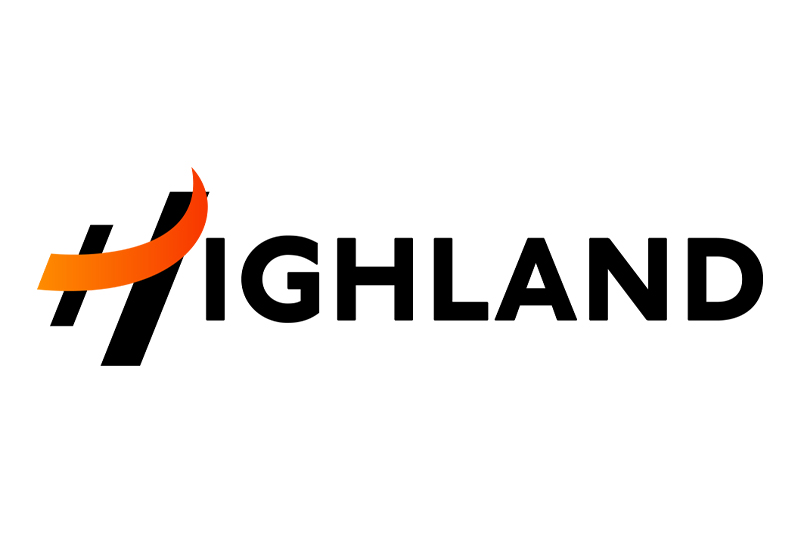The NHS has arrived at its 75th anniversary facing bigger challenges than it has faced since its inception. It’s true that founder Nye Bevan faced a huge political and medical battle to establish a health service that was, and remains, universal, free at the point of delivery, and focused on need. It’s also true that the NHS went through a long period in the 1980s and 1990s in which buildings deteriorated, waiting lists rose, and staff satisfaction and public confidence fell. However, at the turn of the millennium, massive investment, recruitment, and a ruthless focus on targets turned things around.
Plus, there was a new reason for optimism: computerisation. The IT strategies of the late 1990s and early 2000s were full of hope that connectivity, electronic patient records, and then-new consumer tech like websites would improve efficiency, streamline services, and put data into the hands of clinicians and patients.
Technology struggles and unsung successes
If we are going to be honest, that potential hasn’t really been delivered. Highland Marketing was founded around the time the National Programme for IT was launched, so we have seen the challenges that trusts have faced with adopting the EPRs it promised.
Even today, we are working with clients who want to help NHS organisations to make the most of the Frontline Digitisation programme, which is hoping to get ‘minimum digital foundations’ into all trusts by the end of the current Parliament.
Having said that, the high-profile struggles of successive EPR programmes have deflected attention from projects that have worked. We work with a leading imaging company that often points out that the TV trope of clinicians peering at x-ray film on a lightbox vanished years ago.
Similarly, we have a pathology client that has enabled laboratories to revolutionise the way they work, and for hospitals and GP practices to rip up the paper associated with ordering tests and reporting results. Radiology and pathology are getting ready for the new world of automation, digitisation, and AI. It would be great if other areas of the health service could learn from them.
Learning lessons to deliver a digital future
If they did, two lessons would be that you need clarity about workflow and strong, core systems to deliver it. Today’s politicians are as excited about technology as politicians were 20-years back; but the technology they want to talk about is AI and digital-first services for patients.
We have a client that delivers shared care records to join-up services and generate data for population health management, and we’ve worked with many companies delivering important platforms for digital outpatients, virtual wards, and remote monitoring.
But they’d be the first to say they won’t work unless trusts have EPRs and integrated care systems have good data architectures to feed and support them. So, as the NHS turns 75, in a poorer state than it would like, we have to hope that whoever wins the next general election will invest again – and invest in the right way.
Complete the roll-out of core systems. Sort out the architecture. Help organisations to layer in the innovation that will really make a difference. Support UK industry to develop solutions for the future. That way, we’ll be able to keep raising awareness of all the good stuff that is happening out there.

